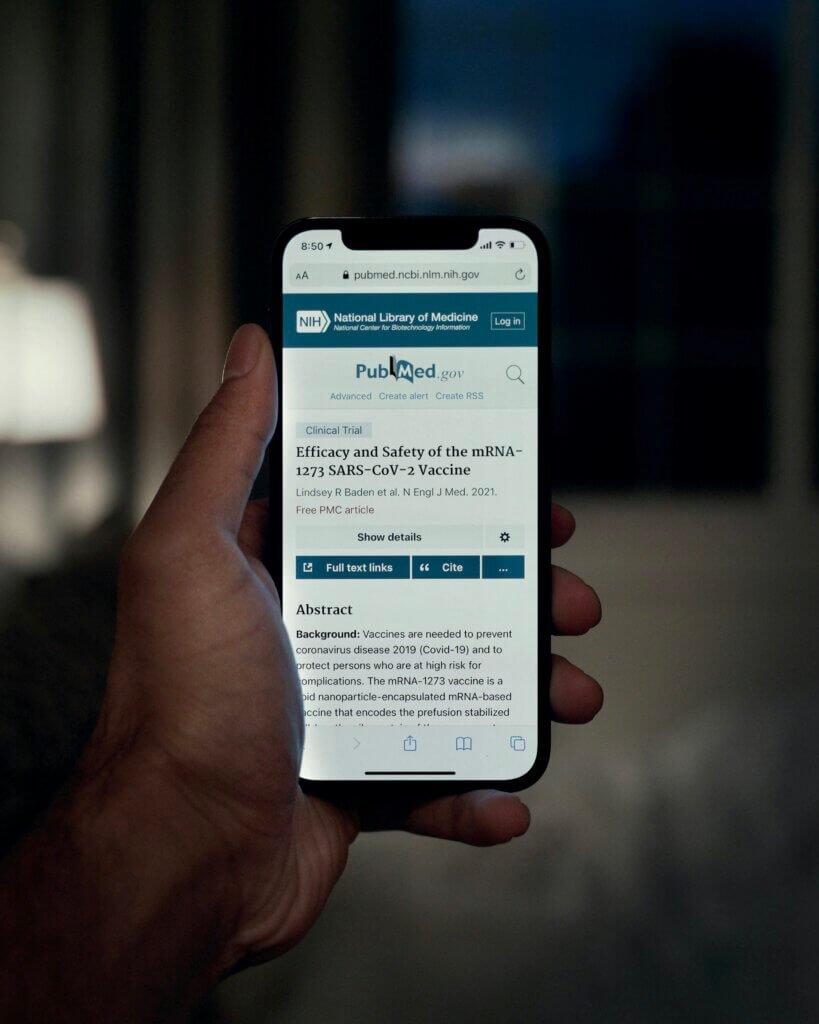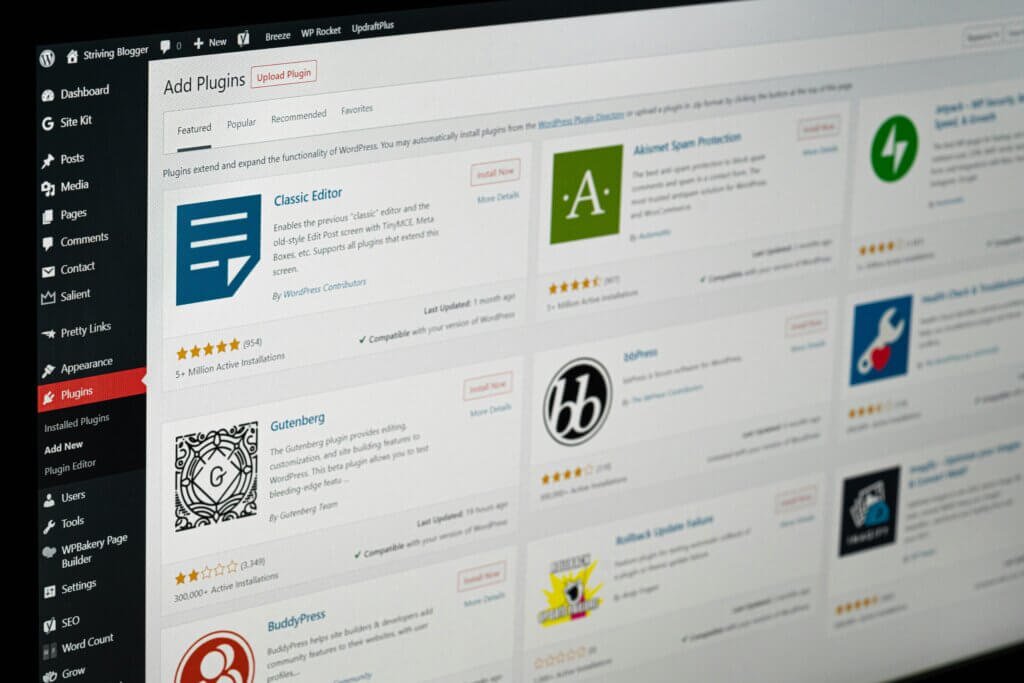If you have ever struggled with creating compelling and captivating blog content, then this article is for you. “The Ultimate Guide To Writing Engaging Blog Content” provides you with all the tips and tricks you need to enhance your writing skills and attract a wider audience. From crafting attention-grabbing headlines to mastering the art of storytelling, this guide will equip you with the knowledge and techniques to create content that keeps your readers coming back for more. Say goodbye to writer’s block and hello to engaging blog posts that leave a lasting impact.

1. Understand Your Audience
1.1 Define your target audience
Before you start writing blog content, it is important to have a clear understanding of who your target audience is. Consider the demographics, interests, and needs of your audience. Are they young professionals looking for career advice? Stay-at-home parents searching for parenting tips? Define your target audience, and tailor your content to meet their specific needs.
1.2 Research your audience’s interests and needs
Once you have defined your target audience, it’s crucial to research their interests and needs. What are they searching for? What topics are they interested in? What problems do they need solutions for? Conduct surveys, analyze social media discussions, and engage with your audience to gain insights into their interests and needs. This research will help you create content that resonates with your readers.
1.3 Use analytics tools to gather data
Analytics tools are valuable resources when it comes to understanding your audience. Utilize tools like Google Analytics to gather data on your blog’s performance. Track metrics such as page views, bounce rate, and time spent on page. This data will give you valuable insights into your audience’s behavior and preferences, helping you make data-driven decisions to optimize your content strategy.
2. Choose the Right Topics
2.1 Conduct keyword research
Keyword research is an essential step in choosing the right topics for your blog. Use keyword research tools like Google Keyword Planner or SEMrush to identify popular search terms related to your niche. Look for keywords with high search volume and low competition. These keywords will help you create content that ranks well in search engine results and attracts organic traffic to your blog.
2.2 Brainstorm ideas related to your niche
Once you have identified relevant keywords, it’s time to brainstorm ideas for your blog content. Think about what topics and subtopics are related to your niche and align with your audience’s interests and needs. Consider common questions or problems your audience has and develop content that provides helpful solutions. This brainstorming process will give you a list of potential topics to explore further.
2.3 Stay updated with industry trends
To keep your blog content fresh and engaging, it’s important to stay updated with industry trends. Follow industry influencers, read industry publications, and participate in relevant online communities to stay in the loop. This will help you identify emerging topics and trends that your audience is interested in. By staying ahead of the curve, you can position yourself as a thought leader and provide valuable insights to your readers.

3. Craft Attention-Grabbing Headlines
3.1 Use numbers and power words
Headlines play a crucial role in attracting readers to your blog content. Use numbers in your headlines to grab attention and create a sense of structure and specificity. For example, “10 Essential Tips for…” or “5 Ways to Improve…” Additionally, incorporate power words that evoke emotion and curiosity. Words like “ultimate,” “proven,” or “secret” can make your headlines more compelling and irresistible.
3.2 Create curiosity and intrigue
When crafting headlines, aim to create curiosity and intrigue that entices readers to click and read more. Pose a question or make a bold statement that sparks curiosity. For example, “Are You Making These Common Mistakes in…” or “The Surprising Benefits of…” By sparking readers’ curiosity, you increase the likelihood of them engaging with your content.
3.3 Keep them short and concise
While it’s important to make your headlines attention-grabbing, remember to keep them short and concise. Long headlines can be overwhelming and may not fit well in search engine results or social media previews. Aim for headlines that are clear, succinct, and easily scannable. This will make it easier for readers to understand the main idea of your content at a glance.
4. Write Engaging Introductions
4.1 Hook your readers with a compelling opening line
The introduction of your blog post is your opportunity to hook your readers and capture their attention. Start with a compelling opening line that piques their interest. You can use a thought-provoking statement, a captivating anecdote, or a surprising statistic. The key is to make your readers want to continue reading to learn more.
4.2 Address the reader’s pain points or interests
To keep your readers engaged, address their pain points or interests in the introduction. Identify the problems or challenges they are facing and highlight how your content will provide solutions or valuable insights. By addressing their pain points, you establish a connection with your readers and demonstrate that you understand their needs.
4.3 Provide a sneak peek into the main content
Offer a sneak peek into the main content of your blog post in the introduction. Give readers a glimpse of what they can expect to learn or gain from reading further. This creates anticipation and encourages readers to continue reading to find out more. It also helps them understand the value your content provides and why it is worth their time.

5. Create Valuable and Actionable Content
5.1 Offer practical tips and advice
When writing blog content, strive to offer practical tips and advice that your readers can implement in their lives or work. Share your expertise and insights in a way that is actionable and applicable. Break down complex concepts into easy-to-understand steps and provide examples or case studies to illustrate your points. This will make your content valuable and help your audience see tangible results.
5.2 Provide in-depth analysis or case studies
In addition to practical tips, consider providing in-depth analysis or case studies in your blog content. Dive deep into a topic, explore different perspectives, and provide thoughtful analysis. Alternatively, use real-life examples and case studies to demonstrate how your advice or strategies have worked in practice. This adds credibility to your content and helps your readers understand the rationale behind your recommendations.
5.3 Use storytelling to make your content relatable
Storytelling is a powerful tool for making your content relatable and engaging. Incorporate personal anecdotes or narratives that resonate with your audience. Share stories of challenges, successes, or lessons learned to create a connection with your readers and make your content more memorable. Storytelling helps readers relate to your content on an emotional level and fosters a sense of trust and authenticity.
6. Use Visuals to Enhance Readability
6.1 Incorporate relevant images and infographics
Visuals play a vital role in enhancing the readability and visual appeal of your blog content. Include relevant images, infographics, or graphs that support and illustrate your points. Visuals break up the text and make your content more visually appealing and engaging. They also help readers better understand complex concepts or data.
6.2 Use subheadings and bullet points for better organization
Make your blog content more organized and scannable by using subheadings and bullet points. Subheadings divide your content into logical sections, making it easier for readers to navigate and find the information they’re looking for. Bullet points help break down information into easily digestible chunks, enhancing readability and comprehension. By organizing your content effectively, you ensure that readers can quickly grasp the main points and key takeaways.
6.3 Format your text for easy skimming
Readers often skim through content to quickly find the information they need. Format your text to facilitate easy skimming by using short paragraphs, bold or italicized text for important keywords, and highlighted quotes. This makes it easier for readers to scan your content and locate the information that is most relevant to them. Additionally, use whitespace strategically to create a visually pleasing and reader-friendly layout.

7. Optimize for SEO
7.1 Incorporate target keywords naturally
To ensure your blog content ranks well in search engine results, incorporate your target keywords naturally throughout your content. Don’t overstuff your content with keywords, as this can result in a poor user experience and may even lead to penalties from search engines. Instead, use keywords strategically in your headings, subheadings, and throughout the body of your content. Focus on creating high-quality, valuable content that naturally incorporates relevant keywords.
7.2 Write descriptive meta tags and alt text
Meta tags and alt text are important elements for optimizing your blog content for search engines. Write descriptive and compelling meta tags that accurately summarize the content of your blog post. This will help search engines understand what your content is about and display relevant snippets in search results. Additionally, add alt text to your images, describing what they depict. This improves accessibility and can also boost your search engine rankings.
7.3 Build backlinks to increase visibility
Backlinks, or links from other websites to your blog content, are a crucial factor in search engine rankings. Work on building high-quality backlinks by promoting your content, guest blogging on reputable websites, or collaborating with other influencers in your niche. Backlinks signal to search engines that your content is valuable and trustworthy, increasing its visibility in search results. Remember, focusing on creating valuable content is the foundation of earning backlinks naturally.
8. Make it Interactive and Shareable
8.1 Include social sharing buttons
Make it easy for your readers to share your blog content by including social sharing buttons on your website. Place these buttons prominently within your blog posts, allowing readers to easily share your content on platforms like Facebook, Twitter, or LinkedIn. The easier it is for readers to share your content, the more likely it is to reach a wider audience and attract more traffic to your blog.
8.2 Add interactive elements like quizzes or polls
Engage your readers and encourage interaction by adding interactive elements to your blog content. Incorporate quizzes, polls, or surveys that allow readers to actively participate and provide feedback. Interactive elements make your content more enjoyable and memorable, and they create a sense of community among your readers. This can lead to increased engagement and social sharing, as readers are more likely to share content they have actively engaged with.
8.3 Encourage comments and engagement
Creating a sense of community and fostering engagement is essential for building a loyal audience. Encourage readers to leave comments on your blog posts by ending your content with a question or a call to action. Respond to comments and engage with your readers to show that you value their input and appreciate their participation. This helps create a positive and engaging environment that encourages readers to return to your blog and share your content.

9. Edit and Proofread Thoroughly
9.1 Check for grammar and spelling errors
Editing and proofreading your blog content is essential to ensure that it is polished and error-free. Check for grammar and spelling errors, paying attention to punctuation, sentence structure, and word choice. Use grammar-checking tools or enlist the help of a proofreader to identify and correct any mistakes. Well-edited content instills confidence in your readers and helps maintain a professional image for your blog.
9.2 Ensure clarity and coherence
Along with checking for errors, ensure that your blog content is clear and coherent. Read through your content to ensure that your ideas flow logically and that each paragraph builds upon the previous one. Use transitions and signposts to guide your readers through your content and make it easy to follow. Clarity and coherence will enhance the readability of your blog posts and help your readers understand and retain the information you provide.
9.3 Get feedback from others
Getting feedback from others is an invaluable step in improving your blog content. Share your drafts with trusted friends, colleagues, or fellow bloggers and ask for their input. They can provide fresh perspectives, identify areas for improvement, and suggest ideas that you may have overlooked. Incorporate their feedback into your content to enhance its quality and effectiveness. Remember, constructive criticism is a valuable opportunity for growth.
10. Analyze and Optimize Performance
10.1 Track metrics like page views and bounce rate
Once your blog content is published, it’s important to track its performance using metrics like page views and bounce rate. These metrics provide insights into how many people are viewing your content and how engaged they are. Monitor these metrics regularly to identify trends and patterns. High page views and low bounce rates indicate that your content is resonating with your audience and keeping them engaged.
10.2 Identify high-performing content
Analyze your blog’s performance to identify which content is performing well and resonating with your audience. Look for posts that have high page views, engagement, or social shares. Identify the characteristics that make these posts successful and incorporate those elements into future content. By understanding what works well, you can optimize your content strategy and create more of the content that your audience loves.
10.3 Make data-driven improvements
Use the data you gather to make data-driven improvements to your blog content. Identify areas that may need improvement, such as high bounce rates or low engagement, and brainstorm ways to address these issues. Experiment with different formats, topics, or writing styles to see what resonates best with your audience. Continuously analyze and iterate your content strategy based on the insights you gather to ensure that your blog content remains engaging and valuable to your readers.
In conclusion, writing engaging blog content requires a deep understanding of your audience, thoughtful topic selection, and strategic content creation. By following the outlined steps and incorporating these best practices, you can create blog content that grabs attention, provides value, and keeps your readers coming back for more. Remember to keep a friendly and conversational tone throughout your writing to create a welcoming and engaging experience for your audience. Happy writing!


